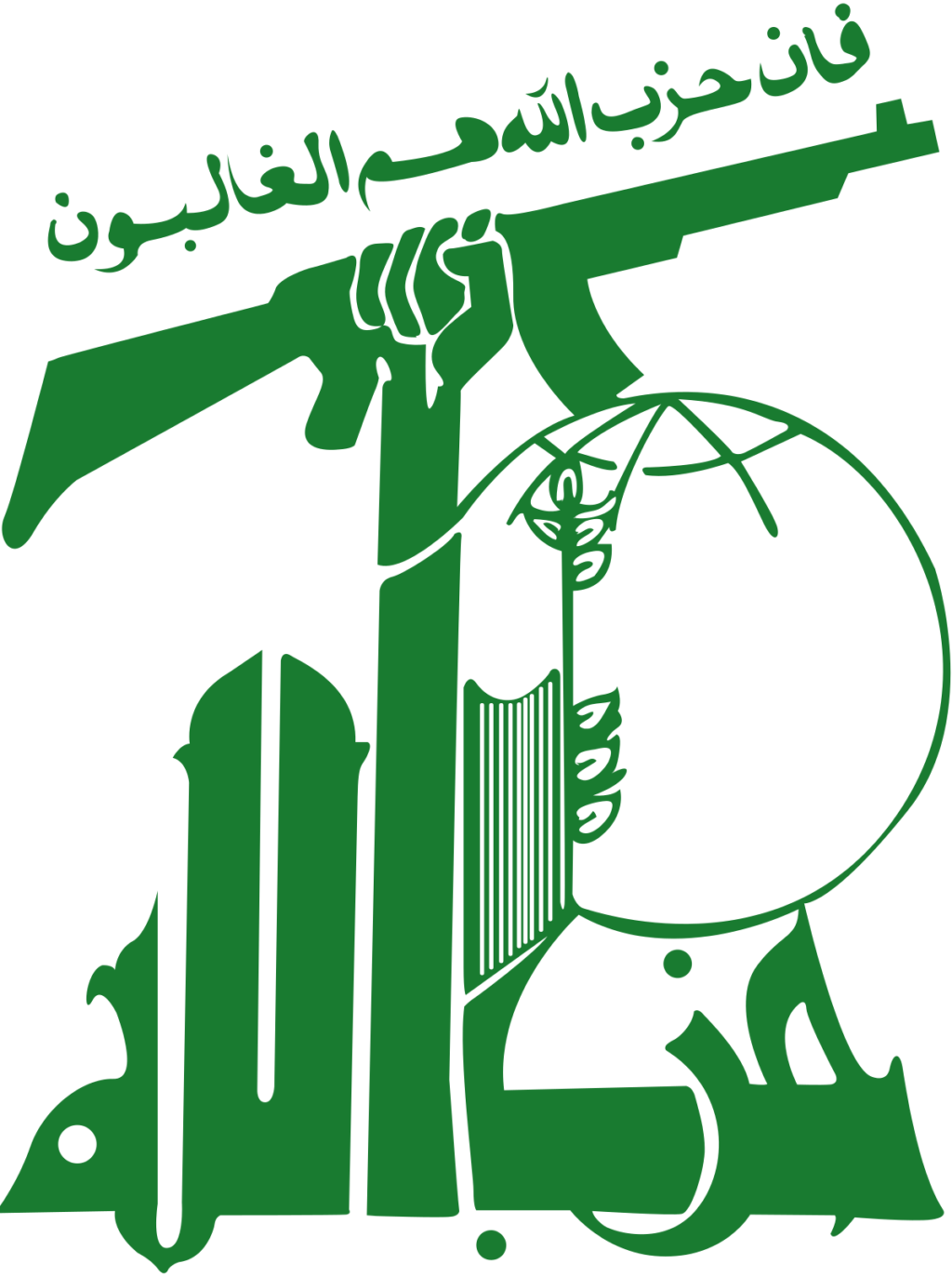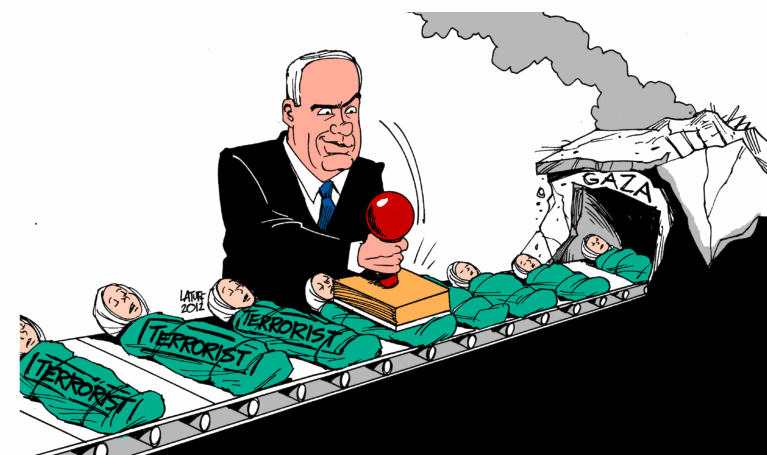
STRATEGIC ASSESSMENT. Iran’s role in the October 7 attack on Israel by Hamas, a close ally of Tehran, continues to be contested, but there is no dispute that Iran set the stage for the Hamas attack by arming, training, and advising the group over several decades. Iran provided Hamas with the rocket and missile technology that Hamas has used to launch many thousands of strikes on Israeli cities during and since the October 7 Hamas incursion. As Israel prepares to invade the Gaza Strip to try to remove Hamas from power there, the crisis has continued to expand with low-level but increasingly frequent cross-border combat between Israel and Iran’s main ally, Lebanese Hezbollah, and attacks on U.S. and Israeli targets by Iran’s regional allies in Yemen, Syria, and Iraq. During October 18-20, Iran-backed Shia militia groups rocketed two bases in Iraq where U.S. forces are deployed in support of the Baghdad government; pro-Iranian elements have attacked bases in Syria from which U.S. forces operate against Islamic State (ISIS); and Houthi militia fighters in Yemen launched three Iran-supplied land-attack cruise missiles toward Israel. The missiles, as well as several armed drones, were intercepted by the U.S.-guided missile destroyer U.S.S. Carney deployed in the northern Red Sea, preventing the weapons from reaching Israel. It is not clear whether Iranian leaders instigated any of the attacks by Iran-backed groups, but the rocket and missile launches dovetail with direct threats by Iranian officials. Iran has formally communicated to U.S. and allied officials through United Nations channels that Iran would be forced to intervene against Israel if the Israeli Defense Forces (IDF) launch a ground invasion of Gaza. Most observers agree that Iran’s intervention would most likely take the form of instigating its regional allies, including in Iraq, Syria, and Yemen, to conduct additional attacks against U.S. and Israeli targets – rather than a military action by Iranian forces themselves.
The Iranian threats of intervention, as well as the attacks conducted by Iran-backed armed factions, come despite explicit U.S. warnings to Tehran not to escalate the crisis. In numerous public statements, U.S. President Joe Biden, U.S. Secretary of State Antony Blinken, and U.S. Secretary of Defense Lloyd Austin have said that if any regional actor is contemplating expanding the conflict, the U.S. message to that actor is “Don’t.” To back up that threat, U.S. officials have sent one additional carrier strike group to the eastern Mediterranean and extended the deployment of another, and sent additional ships, advanced combat aircraft, and a Marine Expeditionary Unit (MEU, comprised of approximately 2,000 Marines) to the region. Although the U.S. deployments have not deterred Iran’s regional allies from firing rockets and missiles at U.S. facilities, the U.S. force deployments might yet succeed in dissuading Iranian leaders from more direct Iranian intervention, such as the firing of Iran’s large arsenal of medium-range ballistic missiles (Shahab-3 and Shahab-3 variants) at Israeli territory. U.S. deployments might also deter Hezbollah from entering the conflict in full force.
The actions and statements of Iran and its regional proxies have, to date, been mostly intercepted or otherwise caused little harm but still might bring the United States and Iran into sustained, direct armed conflict. Even though U.S. officials have stated that they do not seek conflict with Iran, Iran’s support for Hamas and its apparent willingness to expand the fighting has shifted the political calculus in Washington and in European capitals towards a harder line on Tehran. Some prominent members of the U.S. Congress have cited Iran’s close relationship with Hamas – which is one key pillar of Iran’s “axis of resistance” – to argue for U.S. military strikes on Iranian oil fields and other targets. Others suggest adopted legislation to formally authorize the use of U.S. military force against Iran, the passage of which would authorize U.S. officials to undertake pre-emptive rather than purely retaliatory military action against Iran.
Despite the risks of conflict, Iranian leaders view the crisis as a success for Iranian policy. Iran’s leading role as a regional opponent of Israel has been buoyed by the large demonstrations in support of the Palestinians that have occurred throughout the region. And, the attack has, at least for now, forestalled any further moves toward normalization of relations between Saudi Arabia and Israel – a pact that would further isolate Iran within the region. Iranian leaders are also cognizant of the renewed international focus on the military strength of its key ally, Hezbollah, which is widely assessed as able to overwhelm Israeli rocket and missile defenses were it to bring to bear the full force of its arsenal on Israel. Iranian regime leaders also hope that their expressions of strength on behalf of the Palestinians will cow the youth, women, intellectuals, and others in Iran who have constituted the vanguard of increasingly frequent and progressively more intense unrest against the regime over the past few years.
At the same time, Iran’s stance and actions pose new challenges for Iran’s leaders. The regime’s domestic and regional image will suffer if Israel enters the Gaza Strip and Tehran’s responses are weak, ineffective, or defeated by U.S. and/or Israeli countermeasures. Other than Hezbollah, Iran’s regional allies have, to date, been unable to cause significant damage to their U.S. or Israeli targets or meaningfully affect the course of the crisis. If Israel succeeds in removing Hamas from power in Gaza, Iran’s axis of resistance would lose a major member, and Iran’s regional strategy could be set back considerably. There is also the potential for Israel to escalate its “shadow war” against Iran, which to date has consisted of covert operations against Iranian nuclear facilities and scientists, cyberattacks, and other activities. And Iran’s global allies, particularly Russia, are consumed with their own challenges. Moscow is currently dealing with its faltering war effort in Ukraine and is likely both unwilling and unable to come to Tehran’s defense should significant conflict erupt between the United States and Iran.
Furthermore, the heightened tensions have derailed the prospects for any follow-through from the U.S.-Iran prisoner swap in September, which many experts saw as paving the way for additional de-escalation on nuclear and regional issues. In light of the hardening position toward Tehran in Washington and in European capitals, there are virtually no prospects for revival of the 2021-2022 multilateral talks to restore the 2015 Iran nuclear agreement (JCPOA) that the Trump Administration exited in 2018. Iran’s position in the Mideast crisis has also cost it the use of $6 billion in Iranian oil proceeds transferred from South Korean banks to Qatari banks under the prisoner swap. Several days after the Hamas attack, U.S. and Qatari officials agreed to freeze the use of those Iranian assets, at least temporarily – a decision sure to add to the already substantial strains on Iran’s budget. Along with that asset freeze, calls have grown in Washington and in European capitals for additional sanctions against Tehran, including tighter enforcement of U.S.-led sanctions on the purchase of Iranian oil by China – which is overwhelmingly the largest buyer of Iranian crude. Regionally, Iran’s position in the crisis has also likely instilled new doubts among the Gulf leaders over the benefits of forging de-escalation agreements with Iran in the interests of promoting regional stability. The Gulf state members of OPEC roundly rejected Tehran’s suggestion that the Islamic world initiate an embargo on oil exports to Tel Aviv. On the other hand, little noticed during the Mideast crisis was the October 18 expiration of the UN ban on the transfer to or from Iran of missile and armed drone technology. Russia cited the lapse of the ban as justifying new purchases from Tehran of the armed drones that Moscow has used against Ukrainian civilian infrastructure.





